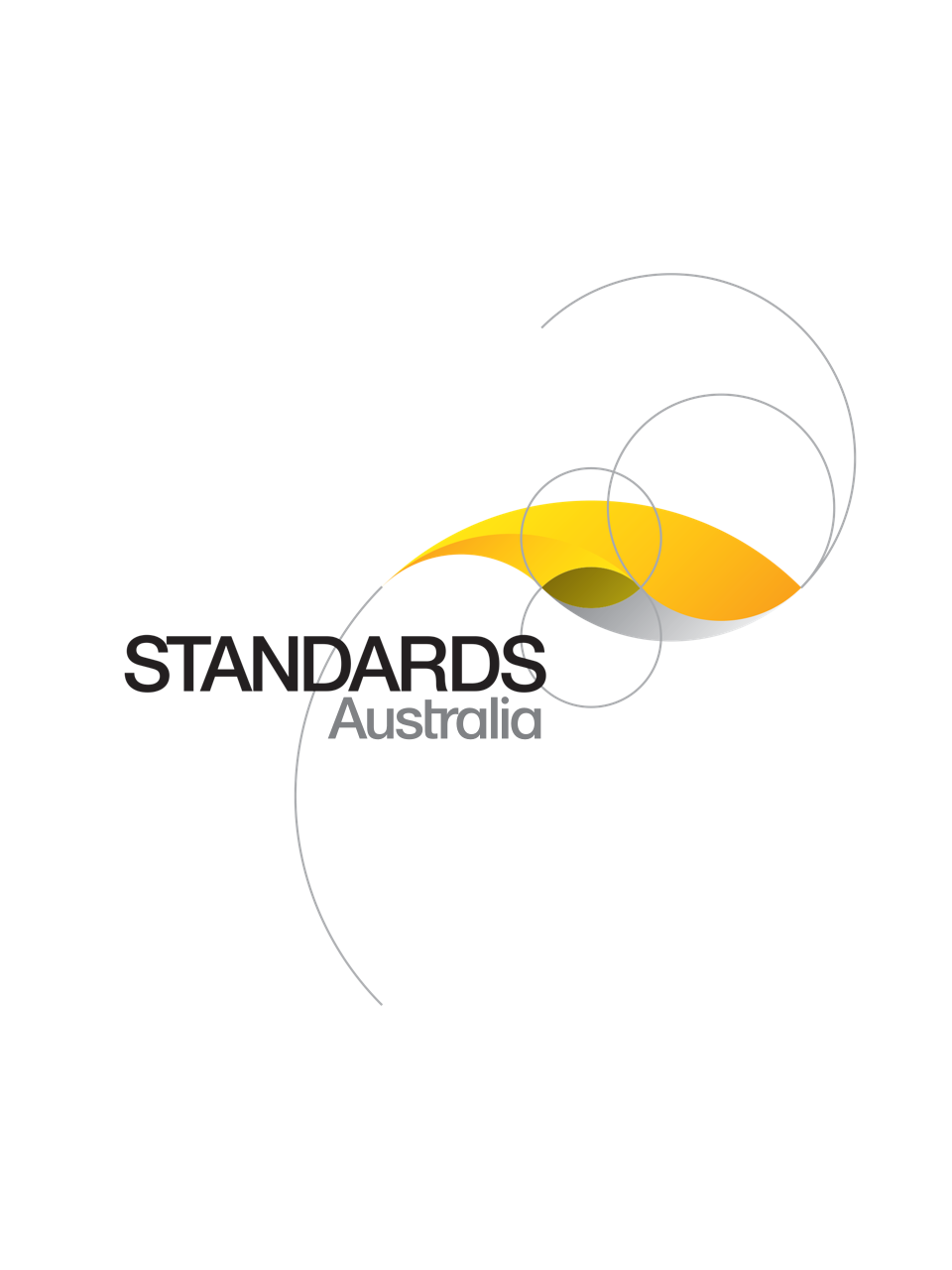Standard
Track updates
AS 5346:2023
[Current]Exterior insulation and finish cladding systems
AS 5346:2023 specifies the requirements for exterior insulation and finish systems (EIFS) as an exterior wall cladding system either in combination with a drained air space or directly fixed to a structural supporting element. It also specifies the requirements for water resistive barrier systems that are to be used with EIFS.
Published: 22/12/2023
Pages: 35
Table of contents
Cited references
Content history
Table of contents
Header
About this publication
Preface
1 Scope and general
1.1 Scope
1.2 Normative references
1.3 Terms and definitions
1.4 New designs and innovations
2 Design
2.1 Structure
2.1.1 General
2.1.2 Height limitation
2.1.3 Wind speeds and terrain category
2.2 Weatherproofing
2.2.1 Coating system
2.2.2 Flashing
2.2.3 Windows
2.3 Construction considerations
2.3.1 Control joints
2.3.1.1 Horizontal
2.3.1.2 Vertical
2.3.1.3 Interface between EIFS and other types of cladding
2.3.2 Top of wall detailing
2.3.3 Footings
2.4 Other considerations
2.4.1 Termite management
2.4.2 Designated bushfire-prone areas
2.4.3 Water, water vapour and condensation management
2.4.4 Durability requirements for fixings, connectors, and accessories
2.4.5 Providing for attachments
2.4.6 High temperature sources
3 Materials
3.1 General
3.2 Thermal insulation board
3.2.1 General
3.2.2 Expanded polystyrene
3.2.3 Extruded polystyrene
3.2.4 Polyisocyanurate board
3.2.5 Phenolic board
3.3 Polymer-modified cement render
3.4 Fibreglass mesh
3.5 Acrylic-textured paint
3.6 Board joint glues and adhesives
3.7 Joint sealants
3.8 Exterior acrylic paint systems
3.9 Battens
3.10 External corner angles
3.11 Reveal or starter beads
3.12 Fixings
3.13 PVC UV stabilization
4 Installation
4.1 Fixing
4.1.1 General requirements for fixings
4.1.2 Spacing requirements for fixings
4.1.3 Fixing requirements for direct fix
4.1.4 Fixing requirements for cavity fix
4.1.5 Handling of materials
4.1.5.1 General
4.1.5.2 Waste management
4.2 Pliable membrane installation
4.3 Jointing system of thermal insulation boards
4.3.1 General
4.3.2 Back blocking
4.3.3 Reinforcing mesh
4.4 Control joints
4.5 Change in cladding joints
4.6 Sealing, waterproofing and other treatments to wall openings
4.6.1 General
4.6.2 Penetrations
4.6.3 Internal flashings
4.6.4 External head flashings
4.6.5 Protected openings
4.7 Parapet capping
4.7.1 Capping installation
4.7.2 Material limitations
4.7.3 Eaves
4.7.3.1 General
4.7.3.2 Eaves with lined soffits
4.7.3.3 Eaves without overhangs
4.8 Clearance, starter bead, slab ground and roof details
4.8.1 Clearance from finished ground level
4.8.2 Thermal insulation board to slab details
4.8.2.1 Slab rebate
4.8.2.2 Face of slab
4.8.2.3 Flush with edge of slab
4.8.3 Board to lower roof connections
4.9 Condensation management
4.10 Attachments
4.11 Allowable tolerances
4.12 Batten installation
4.13 Degradation of board surface
5 Testing
5.1 General
5.2 Thermal performance
5.3 Water penetration
5.4 Impact
5.5 Structural performance
5.6 Material properties of individual components
5.7 Fire testing
5.8 UV PVC durability
Appendix A
A.1 General
A.2 Accelerated weathering test
A.3 Specific gravity test
Appendix B
Bibliography
Cited references in this standard
Content history
DR AS 5346:2023
